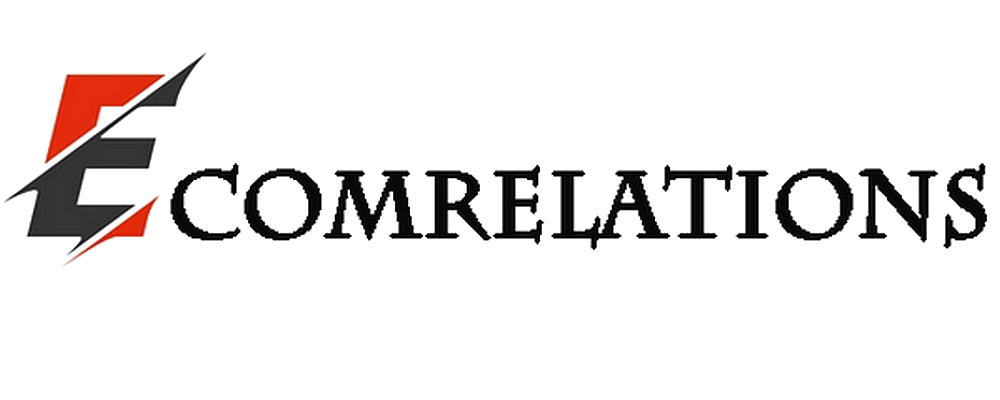With the advent of technology in almost every area of our lives, most of us claim to be techies. We text in the blink of an eye, use Bluetooth while driving, and debug programs in the blink of an eye. However, many of us don't have a clear idea of every "bit and byte" of the technology world.
Here's a list of the top 10 technology concepts you should have learned.
1. Network Neutrality
As the name suggests, net neutrality is about creating a neutral internet. It is also known as net neutrality or net neutrality. According to this concept, Internet traffic should be treated equally. The term also supports the idea that the Internet should be an open platform, just like any other domestic utility, because it has become an indispensable part of our daily lives.
Net neutrality does not provide for any restrictions by Internet Service Providers (ISPs) and governments on the sites, content, and types of products that are related to the modes of communication.
2. The Windows Registry
The Windows registry is a hierarchical database that stores the configuration settings of the operating system as well as the application software installed on your PC. It is simply a database that stores the hardware, software, user settings, security and ownership settings of folders and programs on your computer. It is an important place in the Windows operating system, where most applications are stored.
3. Android task killers
Android task killers were previously considered very useful tools. They could improve the performance of your phone and increase battery life. However, they are not used anymore, as they do more harm than good to your Android phones.
A task killer is an application from which you can force other applications to quit, thus freeing up space on your Android operating system for other applications to work faster. It is advisable not to use them unless you know exactly how they work.
4. SSL/HTTPS encryption
HTTPS stands for Hypertext Transfer Protocol Secure. It is a URL scheme that is synchronous with normal HTTP connections, but with an additional signal that secures the browser with an SSL/LS encryption layer to protect the traffic.
It is a combination of HTTP and SSL/TLS protocols to provide encrypted communication and secure identification of a web server. SSL encryption is typically used for payment transactions or sensitive corporate information that travels over the World Wide Web.
5. 4G
4G is the fourth generation of wireless cellular standards in telecommunications. The maximum speed required for 3G service is 100 Mbps for high mobility communications and 1Gbps for low mobility communications. A 4G system provides a secure mobile broadband solution to smartphones, wireless modems and laptops. Internet access, IP telephony, gaming services and multimedia streaming services are all provided by the 4G system. Technologies such as WiMAX and LTE are 4G technologies.
6. Lossless and lossy music
In general, audio compression comes in two forms: lossless compression and lossy compression. In the lossless audio format, audio files retain every bit of information that is in the original, so nothing is lost.
The lossy format is an audio compression that loses some of the information in the original, especially when you compress the file to make it smaller. MP3 is a lossy compression format. Here, very high and very low frequencies are often skipped during compression.
7. 32-bit and 64-bit operating systems
The terms 32-bit and 64-bit refer to the way a computer's processor processes information. The 64-bit version of the operating system can handle huge amounts of RAM and be more efficient than the 32-bit operating system. For the 64-bit version to be installed, your computer must have a processor capable of running a 64-bit version of the Windows operating system. The main advantage of the 64-bit version is that it is more responsive when running multiple programs at the same time.
8. Proper maintenance of Windows
To keep your computer running smoothly, you need to know how to maintain, restore and backup your registry. Incorrect entries in the registry can destroy the entire Windows operating system.
For proper Windows maintenance, make sure you have a backup of your registry before making any changes. Next, you need to clean your registry, as it can be filled with unwanted cluttering programs. The other aspect of Windows maintenance is to repair a damaged registry, as this will restore something that was inadvertently damaged.
9. Spyware, viruses, Trojans, worms and other malware
Viruses, Trojans and worms are all malicious software designed to disrupt the operation of your computer or gather information by gaining unauthorized access to system resources. There are thousands of viruses, Trojans, worms, bots and root kits waiting to infest your computer. So it makes sense to install a very good antivirus software to fight this threat.
10. Wi-Fi and wireless Internet
Wi-Fi is a wireless communication standard used between computing devices to share resources and data. Wi-Fi signals cannot travel long distances and are therefore used for local area networks (LAN).
To set up a Wi-Fi network, the main computer acts as a server with a wireless network interface card. This card has a small antenna that receives and broadcasts Wi-Fi signals. A high-speed modem helps direct the traffic through a router and switch to integrate the wireless Internet into the WiFi LAN. Now any computer in the vicinity can use the WiFi signals and connect to the Internet using the WiFi network interface card. Smartphones, cell phones, PDAs and laptops have built-in Wi-Fi capability that allows them to surf the Internet, access or transfer data quickly and efficiently.
These are some of the technological concepts that one should be aware of as they may come in handy at some point. Given the abundance of technological terms, a lifetime may not be enough to learn them all.


